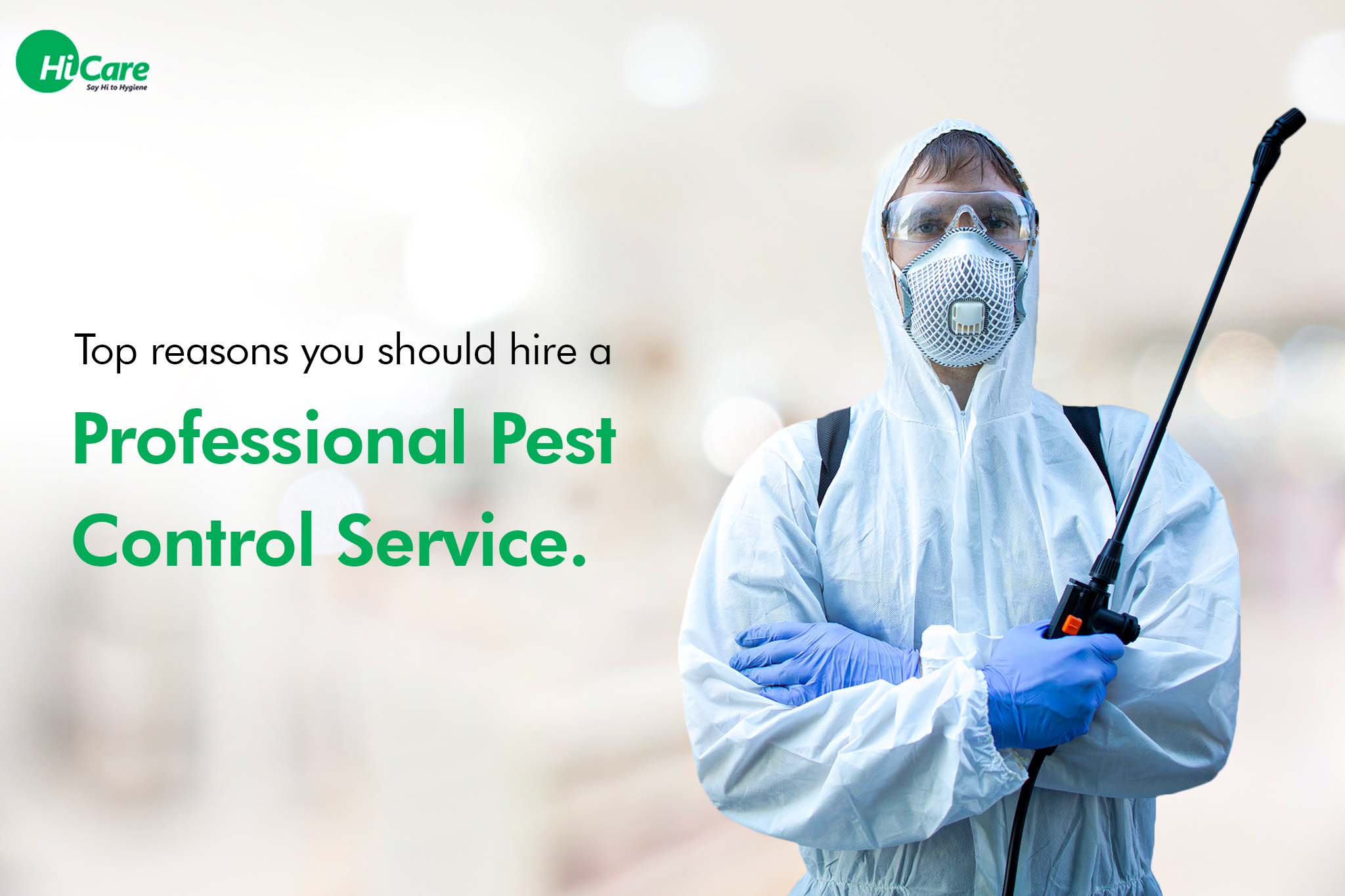Expert A1 Charlotte Bed Bug Exterminator - Top Quality Service Assured
Wiki Article
Bed Bug Treatment Failure: Contrasting Chemical Vs. Non-Chemical Solutions
In the realm of parasite control, specifically when taking care of the persistent issue of bed bugs, the option between chemical and non-chemical therapy solutions can be a crucial one. Both techniques use distinctive advantages and disadvantages, influencing factors such as performance, safety and security considerations, and overall expense. By taking a look at the nuanced information of each approach, a clearer understanding of which course to seek in dealing with a bed pest problem can be achieved.Effectiveness of Chemical Therapies
Chemical therapies for bed insect invasions have been extensively acknowledged for their powerful and quick effectiveness in eradicating these insects. When taking into consideration the efficiency of chemical treatments, it is critical to comprehend that they can provide a quick and extensive solution to a bed insect problem. Specialist pest control specialists typically count on pesticides to target bed pests at various phases of their life cycle, consisting of eggs, fairies, and adults. These chemicals commonly function by disrupting the bed bugs' nervous system, causing paralysis and ultimate fatality.Additionally, chemical therapies have the advantage of providing residual effects, indicating that they can proceed to remove bed bugs even after the initial application. This residual action is specifically helpful in combating any possible re-infestations. Additionally, the fast activity of chemical treatments can bring alleviation to individuals facing extreme bed bug infestations, permitting them to restore control of their home promptly.
Safety Interest In Chemical Solutions
One essential facet that requires mindful factor to consider when making use of chemical services for bed pest therapy is guaranteeing the safety of residents and the atmosphere. Exposure to specific chemicals made use of in bed bug therapies can lead to respiratory concerns, skin inflammation, or other adverse responses, particularly in people with pre-existing conditions or sensitivities.Furthermore, the environmental effect of chemical solutions is one more substantial consideration. Some pesticides made use of in bed pest treatments may be harmful to advantageous insects, wildlife, and ecological communities if they seep right into the dirt or water systems. It is important to utilize chemical treatments deliberately, following security guidelines, and taking into consideration much less hazardous choices to mitigate these risks and ensure the secure and reliable administration of bed bug problems.
Advantages of Non-Chemical Techniques
Considering the prospective security problems and ecological impact connected with chemical options for bed insect therapy, exploring non-chemical techniques presents an encouraging option with several distinct benefits. Non-chemical methods use a safer choice for homes, especially those with people, family pets, or youngsters conscious severe chemicals. These techniques remove the risks of exposure to toxic substances, reducing the capacity for damaging wellness impacts. Furthermore, non-chemical treatments are ecologically friendly, as they do not add to air or water air pollution, making them a sustainable option for insect control.Furthermore, non-chemical services can be effective in targeting bed bugs, consisting of hard-to-reach areas where chemical treatments may not permeate. Approaches such as warmth treatment, vacuuming, vapor cleaning, and bed mattress encasements provide extensive elimination without the usage of unsafe chemicals. Additionally, non-chemical approaches can discover here be much less turbulent, calling for marginal prep work and permitting quicker reentry into treated areas. On the whole, selecting non-chemical bed pest treatment techniques not just prioritizes security and environmental management but additionally makes sure reliable and detailed bug control.
Limitations of Non-Chemical Treatments

Furthermore, non-chemical treatments often need numerous applications to accomplish successful elimination. This can be taxing and might not constantly guarantee total elimination of all bed pests and their eggs, especially in covert or hard-to-reach locations.
Additionally, the success of non-chemical therapies greatly counts on proper implementation and thoroughness, which can be challenging for people without specialist experience. Poor application of non-chemical methods might result in incomplete elimination, resulting in relentless infestations and the need for added therapies.
Therefore, while non-chemical treatments have their advantages, it is necessary to recognize these restrictions and consider them when identifying the most efficient technique for taking care of bed insect problems.
Cost Contrast: Chemical Vs. Non-Chemical Options
Offered the constraints associated with non-chemical therapies, a vital facet to examine in the context of bed bug administration is the expense contrast between chemical and non-chemical choices. In comparison, non-chemical therapies like warmth therapy or vapor can be more expensive, with expenses varying from $1,000 to $6,000 for an entire home. While the preliminary cost of chemical treatments may appear reduced, multiple treatments may be called for to completely remove the problem, possibly enhancing the overall cost.Conclusion

Thinking about the possible security issues and environmental impact linked with chemical services for bed pest treatment, exploring non-chemical techniques offers a promising alternative with several unique benefits.Provided the constraints associated with non-chemical therapies, an essential site here facet to evaluate in the context of bed insect administration is the cost contrast in between chemical and non-chemical alternatives. In contrast, non-chemical therapies like heat treatment or heavy steam can be more pricey, with prices varying from $1,000 to $6,000 for an entire home. While the initial expense of chemical treatments might seem reduced, several treatments might be needed to completely eliminate the problem, potentially boosting the overall expense.In verdict, when contrasting chemical and non-chemical bed insect therapy alternatives, it is necessary to think about effectiveness, safety, advantages, restrictions, and price.
Report this wiki page